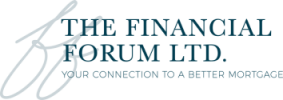How 3-Year Fixed Mortgages Work
3-year mortgages aren’t particularly popular among investors. According to statistics released by Mortgage Professionals Canada, only 1 in 14 investors are likely to opt for 3-year mortgages. Should you choose to borrow funds on a 3-year mortgage, you may want to weigh the positives and downsides carefully.
Positives:
- 3-year mortgages typically carry lower rates of interest as compared to 5-year mortgages.
- These loans are suitable for investors who need funds for only 3 years.
- You can get the benefit of rate protection that comes with a long-term mortgage, but with the flexibility to look for more favorable terms at the end of 3 years. Since the mortgage term will be complete, you won’t incur a penalty.
- When you move your loan to a 3-year mortgage, your lender will cover the legal and appraisal fee. However, keep in mind that if you have a collateral charge mortgage or a mortgage with a line of credit, you can move to a 3-year mortgage only by refinancing with a different lender.
Downsides:
- You could incur higher penalties for terminating your fixed mortgage as against the variable mortgage before the due date.
- In case interest rates rise, you’ll have to get a new mortgage with the new rates when you renew your loan.
- Your lender will require you to prove that you’re capable of honoring payments based on the qualifying rate or criteria of a 5-year mortgage.
- If you have less than 20% equity, you must comply with the Bank of Canada’s benchmark 5-year rate.
